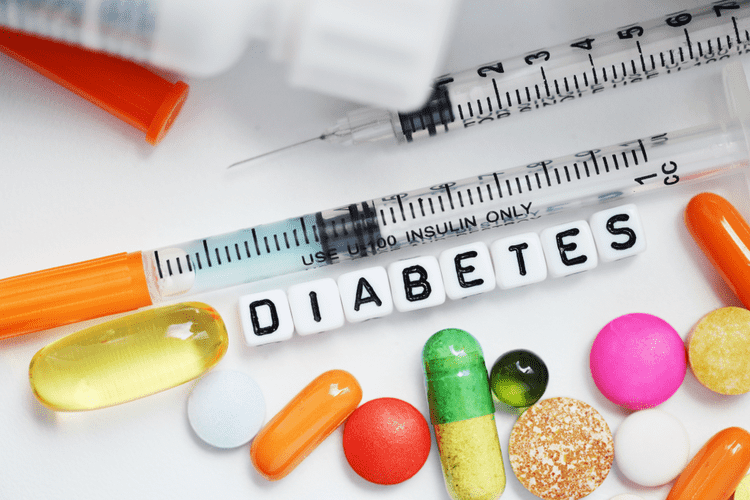Alcohol Use Disorder and Depressive Disorders Alcohol Research: Current Reviews
The imposed social distancing measures generated exacerbated feelings of loneliness and exclusion able to trigger aggressive reactions for mere social media mishaps whenever the elementary need of belonging was violated. Uncertainties related to infection, treatment and subsequent recovery, the bluring predictability of the bumpy course towards reinstation of normal life, could have led to aggressive behaviors during the pandemic. Prolongued home entrapment preventing people’s access to their workplaces (school included) proved to be particularly frustrating.
The average annual number of deaths from excessive alcohol use among males increased by 25,244 (26.8%), from 94,362 deaths during 2016–2017 to 119,606 during 2020–2021 (Table 2). Age-standardized death rates among males increased from 54.8 per 100,000 population during 2016–2017 to 55.9 during 2018–2019, and to 66.9 during 2020–2021. During each period, among all excessive alcohol use cause of death categories, death rates among males were highest from 100% alcohol-attributable chronic conditions. The co-occurrence of AUD and another mental health disorder can complicate the diagnoses and negatively impact the clinical course of both conditions. Many clinical features of AUD have significant overlap with other psychiatric disorders, including sleep disturbances and negative emotional states such as worry, dysphoria, sadness, or irritability that often occur during cycles of alcohol intoxication, withdrawal, and craving. (See Core article on neuroscience.) As described in the sections to follow, a timeline of your patient’s symptoms is a key tool for a differential diagnosis.
Create your account
On the other hand, Pettinati et al. illustrated that a combination of sertraline, an SSRI, with naltrexone as a treatment for alcohol dependence would result in higher alcohol discontinuation rates and a significant reduction in depression symptoms, with acceptable incidence of side effects [22]. As for depression co-existing with SUD, opioids were the most commonly studied agents. Brenner et al. showed that substance abuse could lead to a doubled risk of treatment-resistant depression than non-abusers. Furthermore, treatment resistance was more significant in opioids abusers [15]. Research has repetitively demonstrated that including daily mindfulness in one’s life can help with treating a wide array of health conditions, including depression and alcohol use.

During a crisis, people who are hard of hearing can use their preferred relay service or dial 711 then 988. A 2011 analysis found a correlation between using alcohol before the age of 13 and later engaging in self-harm. The first step to recovery is deciding to seek help, contact a treatment provider to https://ecosoberhouse.com/ explore different treatment options today. For some, the spiritual element of support can play a significant role in recovery. This can look different for everybody, as some find support in attending religious services, spending time in nature, or exploring one’s own connection to the world around them.
Advanced Treatment
Advanced treatment includes uncommon but effective methods in treating depression. One way to help treat low motivation and energy is through using low-dose stimulants. Certain medications and types of antidepressants include stimulants to assist in getting a person back to their normal daily activity. Reactive depression, also referred to as psychological depression, is the traditional representation of what a major depressive episode may be. The phrase feeling depressed has become a well-known and commonly used term to describe a feeling of sadness or feeling down.
- We included the results of only original research articles investigating depression treatment outcomes in patients with alcohol use disorder or SUD or both.
- Similarly, an alcoholic who experiences repeated panic attacks or other anxiety symptoms requires intervention for the anxiety, regardless of the cause.
- This can make you want to drink more to relieve these difficult feelings – which can start a cycle of dependence.
In contrast, appealing to assertive action and cautious action coping mechanisms, as well as high scores on the Life Satisfaction personality dimension, acted as protective factors. Spearman’s rank correlation was calculated to assess the relationship between alcohol consumption on one hand, and drinking debut age, DASS– 21R and SACS scores on the other. Also, the Mann-Whitney U test was used to evaluate gender differences regarding AC.
Data availability
According to the authors of instrument the Somatic complaints scale correlates negatively with Life Satisfaction (LEB) and positively with the Inhibitedness (GEH), Excitability (ERR) and Strain (BEAN) scales. Rada & Lungu [14] found that the share of those with a low risk of AC according to the WHO Audit in a sample of 210 undergraduate and master’s students evaluated alcohol and depression in the first three months of the pandemic was 83.8%. In this sample no indicators of increased solitary alcohol consumption were observed. As with anxiety and mood disorders, it can help for a healthcare professional to create a timeline with the patient to clarify the sequence of the traumatic event(s), the onset of PTSD symptoms, and heavy alcohol use.

This content mentions substance abuse or addiction (which may include mentions of alcohol or drug use), suicide or suicidal thoughts, self-harm, depression and anxiety. Conversely, the three types of studies highlighted in this section indicate that if an association between alcoholism and anxiety/depressive disorders does exist, it is likely to operate in a relatively small subgroup of alcoholics. Sometimes people drink alcohol to help with the symptoms of stress, anxiety, and depression. Alcohol changes the way your brain cells signal to each other, which can make you feel relaxed. Some people may feel unsure about seeing a doctor, but the right treatment can ease symptoms and help a person live a better, happier life. People who drink to cope with psychological distress may drink more over time, especially when they wake up feeling anxious or depressed.
Are Genes or Lifestyle to Blame?
The questionnaires where omissions or misunderstandings of some answers were identified were sent back to the respondents who gave their data, and the others were eliminated. After rigourous checking, 677 undergraduate and master’s students (75.5% females) aged between 18 and 31 years were validated to participate in the study. Few studies have simultaneously addressed the influence of negative emotions, coping mechanisms and personality traits in conjunction with PAC during the pandemic. Evidence-based alcohol policies (e.g., reducing the number and concentration of places selling alcohol and increasing alcohol taxes) could help reverse increasing alcohol-attributable death rates. When patients have sleep-related concerns such as insomnia, early morning awakening, or fatigue, it is wise to screen them for heavy alcohol use and assess for AUD as needed. If they use alcohol before bedtime, and especially if they shift their sleep timing on weekends compared to weekdays, they may have chronic circadian misalignment.
Social anxiety, depression linked to more negative alcohol-related consequences from ‘pre-gaming’ – Medical Xpress
Social anxiety, depression linked to more negative alcohol-related consequences from ‘pre-gaming’.
Posted: Mon, 08 Jan 2024 08:00:00 GMT [source]
